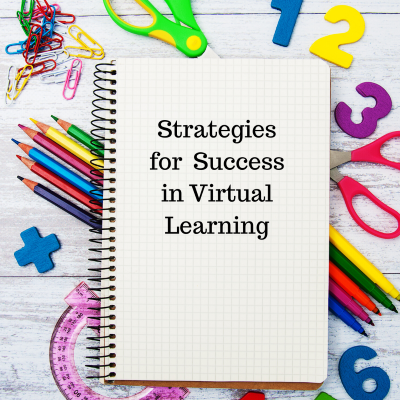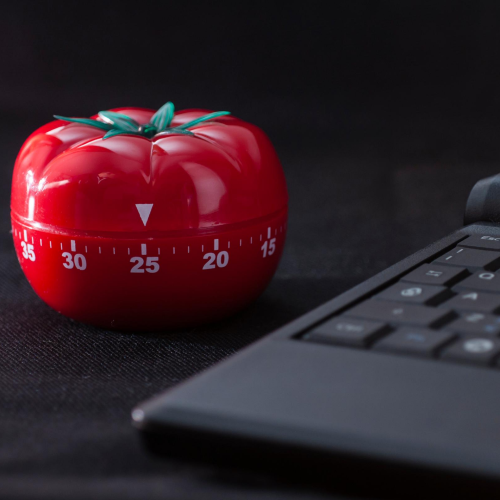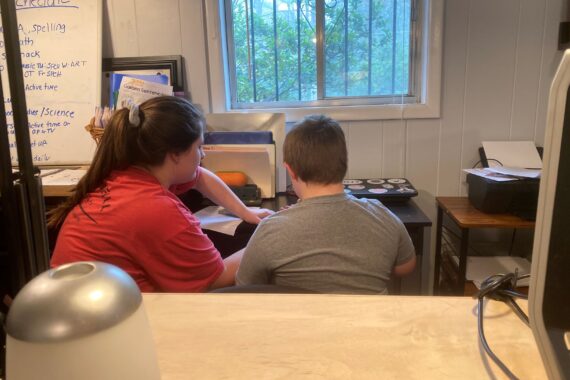Preparing for virtual Learning

Most of us in metro Atlanta, and around the United States, are facing virtual Learning for at least part of the first semester. We are all looking for answers and nothing is very clear. What is clear is that children with IEPs are extremely disadvantaged in this scenario. As we wait to see just how our IEPs will be (or not be) accommodated, it is to our advantage to make a plan.
When schools abruptly shut down, we were forced to turn our dining tables into classrooms. As we approach a new school year, now is the time to revisit our home learning environment.
Working with Your Teachers
It will be important to reach out to our teachers, case managers, and our district special ed directors to revisit our IEPS and set appropriate objectives for this time of at-home, virtual learning.
Once we have reset on objectives, we can work together on how we will meet those objectives in a manner that works best for our kids in this virtual learning environment. I know for my child, it isn’t going to be a bunch of worksheets!
It is important for your child’s teachers to understand what the home environment is like, so they can map individualized plans to the available resources.
- Will you be home all day?
- Will you be working while at home?
- Is the internet available?
- What electronic devices can students use?
- Is there space in the home to set aside for gross motor or sensory activities?
When school begins, be sure to set up regular check-ins with your child’s teachers via phone, video conference, or email to get the support you need.
Work with teachers to create virtual learning activities at home that resemble the school day. But don’t feel you have to manufacture a full ‘school experience.’ While a schedule is important, you don’t need to plan every activity down to the minute.

Here are a few ideas that may help you find success with virtual learning.

- Try to carve out a block of time dedicated to school and then establish a set routine around that.
- Create a daily list of activities—broken into small chunks with plenty of breaks—that, if possible, follow a similar order to the schedule students had at school.
- Create a schedule board (tactile or digital) with images of activities that prompt students what to do when.
- Use a kitchen timer, which reminds students of a bell schedule at school or be really cool and have your Alexa ring the bell at set times.
- Try having learning activities take place in different spaces or rooms in the home to mimic shifting locations at school.
- Use generic objects in the home to teach skills. For example, Cheerios, legos, or pennies can be repurposed as math manipulatives or use a measuring tape as a gross motor tool.
- Use simple objects like a jump rope, bubble wrap or brain-based games like Jenga to release energy.
- Take breaks to run around outside too!
Check out these related articles:
I would love to hear what strategies you plan to implement to make distance learning a success! Please share your ideas in the comments below!










Pingback: Time Management for Busy Moms - Dezined 4 Joy